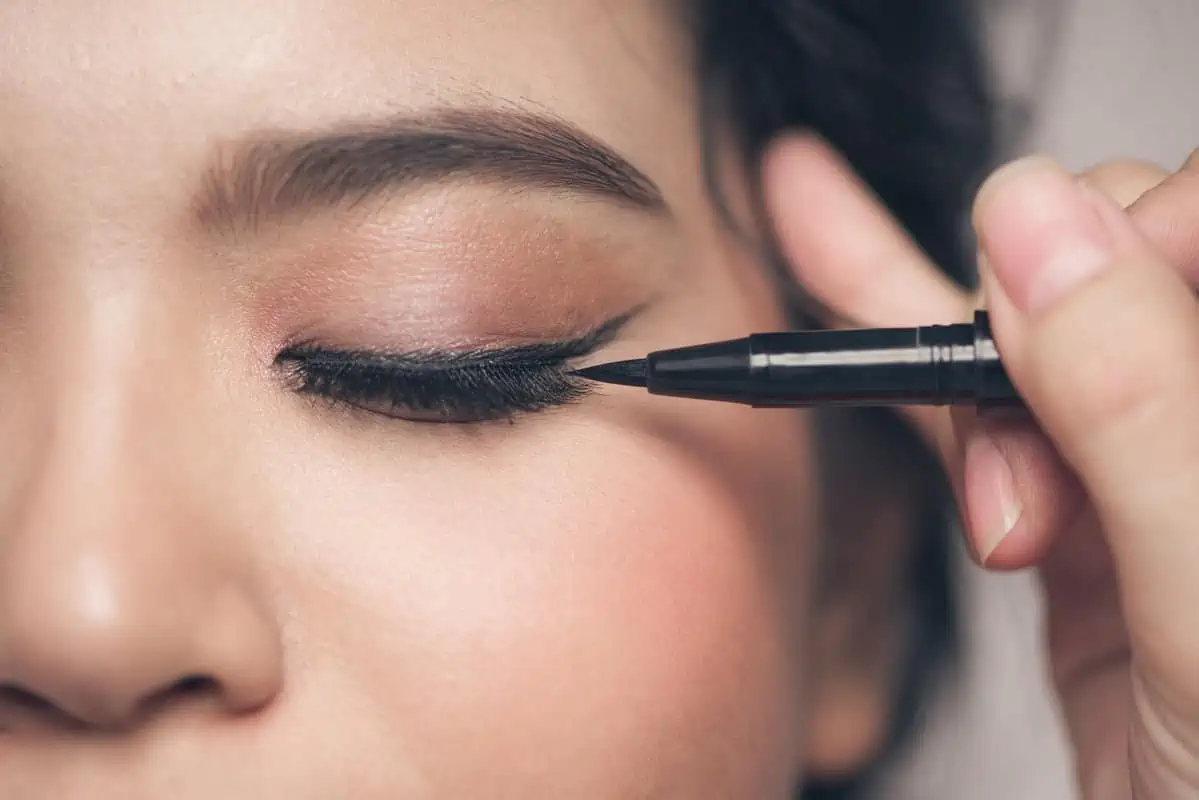

Are you struggling with hair loss and seeking the proper hair restoration technique for your hair type? With various options available in the market, choosing the best one can be overwhelming. Hair loss can be induced by several factors, including genetics, age, and lifestyle, and selecting a hair restoration technique that suits your hair type is crucial for optimal results.
This article will discuss three popular hair restoration techniques: Sylfirm, Exosomes, and Nutrafol. We will examine each technique’s benefits and drawbacks, the hair types they are suitable for, and the aspects to contemplate when choosing the best option for you. Additionally, we will provide a comprehensive overview of different hair types, including density, texture, and thickness, to help you understand which technique may suit your hair type.
If you are ready to restore your hair and regain your confidence, read on to discover how to choose the best hair restoration technique for your hair type.
Before exploring hair restoration techniques, it is crucial to understand the underlying cause of your hair loss or thinning. Hair loss can occur due to various factors, including genetics, hormonal imbalances, medical conditions, medications, nutrient deficiencies, and lifestyle factors. By understanding your hair condition, you can make informed decisions about the best treatment options for your needs.
Sylfirm is a non-surgical hair restoration technique that utilizes a cutting-edge, selective radiofrequency (RF) microneedling device to stimulate hair growth. This technology is primarily used to treat various skin conditions but has also shown promise in addressing hair loss.
Sylfirm delivers selective radiofrequency energy through tiny, insulated microneedles into the scalp. This process promotes increased blood flow and the production of essential proteins, such as collagen and elastin, stimulating hair follicles and promoting hair growth.
Benefits of the Sylfirm hair restoration technique include:
Drawbacks of the Sylfirm hair restoration technique include:
Sylfirm is generally ideal for individuals with mild to moderate hair loss or thinning hair. It may not be as effective for those with advanced stages of hair loss or certain types of hair conditions, such as scarring alopecia.
Exosomes are small vesicles secreted by cells containing proteins, lipids, and genetic material. In hair restoration, exosome therapy involves the injection of exosomes derived from mesenchymal stem cells into the scalp, promoting hair growth.
Exosome therapy delivers growth factors, proteins, and other essential bioactive molecules to the hair follicles, stimulating cellular regeneration and hair growth. The exosomes help to regulate cellular communication, reduce inflammation, and support the overall health of the scalp and hair follicles.
Benefits of the exosome hair restoration technique include:
Drawbacks of the exosome hair restoration technique include:
Exosome therapy may be suitable for individuals with various hair types experiencing hair loss or thinning. However, it is essential to consult a hair restoration specialist to determine whether this technique is appropriate for your specific condition.
Nutrafol is a hair restoration technique using a natural, scientifically formulated supplement to improve hair growth and overall health. It contains a blend of vitamins, minerals, amino acids, and botanical extracts to support the body’s ability to grow healthy hair.
Nutrafol addresses the underlying causes of hair loss and thinning, such as hormonal imbalances, inflammation, oxidative stress, and nutrient deficiencies. It provides essential nutrients and botanical extracts that promote a healthy hair growth cycle, improving hair strength, density, and fullness.
Benefits of the Nutrafol hair restoration technique include:
Drawbacks of the Nutrafol hair restoration technique include:
Nutrafol is suitable for individuals with various hair types experiencing hair loss or thinning due to hormonal imbalances, stress, nutrient deficiencies, and inflammation. However, consult with a healthcare professional or a hair restoration specialist before starting Nutrafol to ensure it is appropriate for your specific condition and to rule out any potential contraindications.
If you’re ready to take the subsequent phase in restoring your hair, we encourage you to seek the guidance of a qualified professional. Trilogy Medical Center is a leading provider of advanced hair restoration techniques and is dedicated to helping you achieve optimal results.
With its state-of-the-art technology and expert team of professionals, Trilogy Medical Center can provide personalized solutions tailored to your unique hair type and needs. Whether you’re looking for Sylfirm, Exosomes, or Nutrafol, their team can help you choose the best hair restoration technique and guide you through the process.
Contact us today and plan a consultation with Trilogy Medical Center to learn more about their hair restoration options. With their help, you can regain confidence and restore your hair to its full potential.